Homepage

We Specialize in Mold, Asbestos, Radon Inspection, & Indoor Air Quality Inspection
Keep Your Family & Home Healthy
Home Environment Inspection, Testing, & Reporting
Air Labs is a pioneering authority in air quality inspection that has been serving Montreal, Laval, and Southern Quebec for over 15 years.
Hidden contaminants may not always be visible or obvious, but chronic symptoms can and will persist. Air-Labs will provide you with the necessary information to identify and solve air quality problems created in the indoor environment.
Whether you are buying a home, concerned about your family’s health, investigating your professional environment, or following up on a decontamination project, Air-Labs detailed air quality inspection reports will keep you informed about this vital information.
Air-Labs strict policy eliminates all conflicts of interest, protecting our clients’ best interest and confidentiality.
Following our inspection, a certified report with laboratory results and visual documentation will be provided to confirm the state of your indoor air quality and map out a plan of action.
Who We Serve
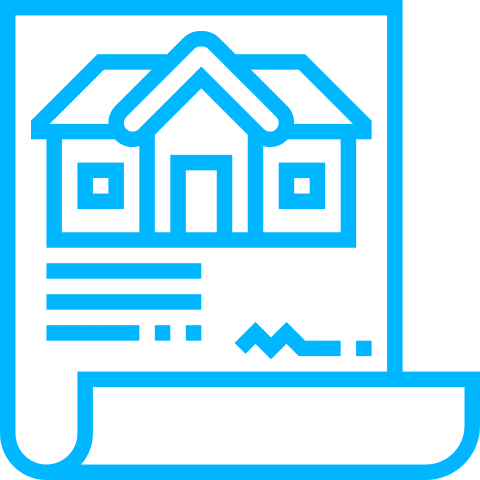
Home Owners
Keep your family and home safe from contaminants.
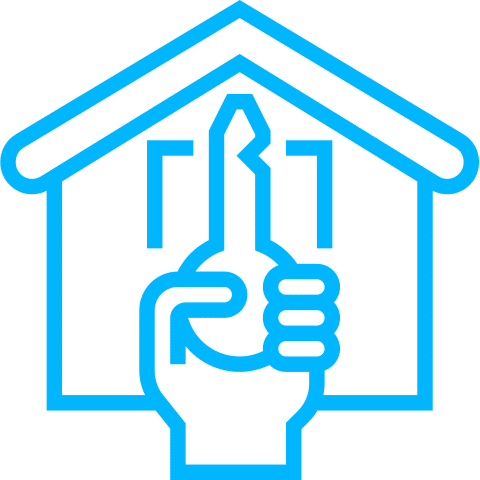
Home Sellers
Give confidence to potential buyers in a highly competitive market.
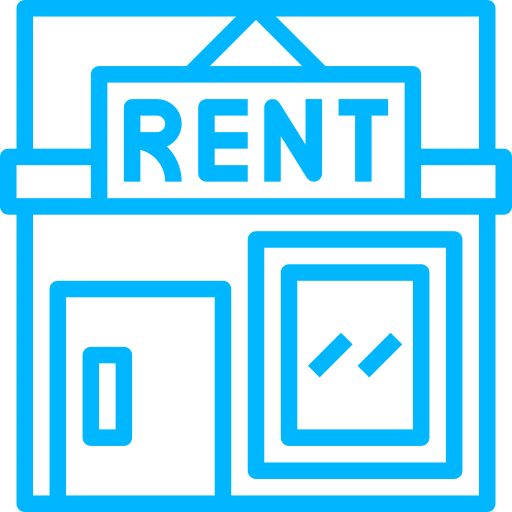
Landlords Tenants
Possess the proof you need to settle disputes.

Boss/Employees
Keep office morale and productivity at its maximum. Settle concerns with an air quality test.

Medical Professionals/Patients
Be aware of airborne contaminants in your indoor environment.

Home Buyers
Don’t get caught with expensive renovations.

Renovation/Decontamination Professionals
Offer your clients the satisfaction of a job well done.
Why Choose Air Labs?
Providing Vital Information for Your Health and Well Being

Experience
Loyally Serving Southern Quebec, Laval, Longueil and the Greater Montreal area for over 15 years.
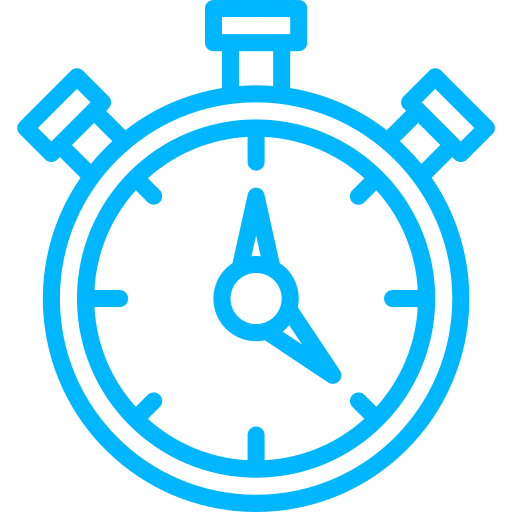
Speed
Appointments and results are provided quickly so you have the information you need. Reports can be delivered as soon as the next day.
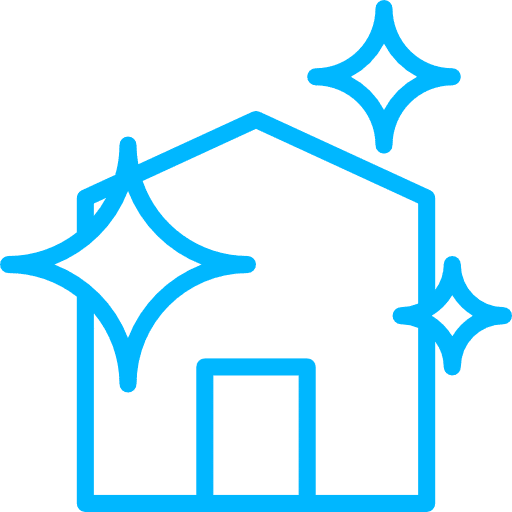
Value
Reasonable rates for exceptional service. Discover hidden defects before you invest in a new property or renovations.
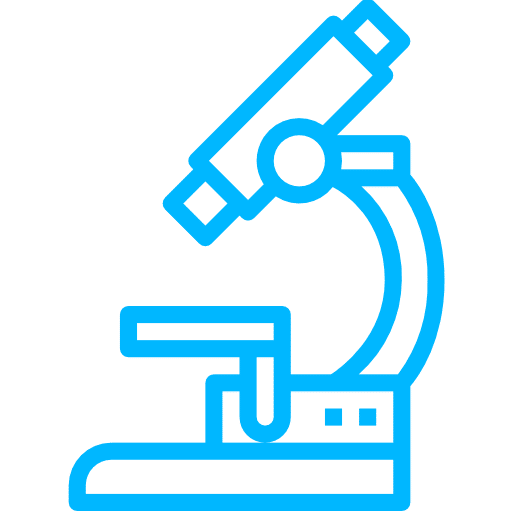
Precision
We work with certified laboratories and inspectors who use the latest technology and instruments to provide our customers with the most accurate reporting possible.

Trusted
Trusted by renovation experts, decontamination companies as well as corporate and residential clients for all their Air-Quality needs. Please refer to our client list.

Personalized
Our business model assures for very high-quality control and warm, personalized service tailored to your specific needs.
What Our Clients Are Saying Online
Breathing Problems and Chronic Fatigue
We contacted Mr. Trudel because we were having doubts that something was not normal in our apartment. We had started to have breathing problems and chronic fatigue. After a few months, we decided to act and we called AIR-LABS. The service was exceptional from the beginning to the end. Mr. Trudel visited us a few days following our call and he proceeded to analyze the air. Two days later he telephoned to announce that we should leave the apartment because there were mold spores in the air in large quantities. AIR-LABS has been one of our best investments because we both agree that our health has no price.
Thank you, Mr. Trudel and all your team.
Ilias and Viky
Directors Baila Productions Inc.
Problem With Contamination of the Air in the House.
A few words to express all our appreciation for the quality of the service that you have given us with the problem that we had about the contamination of the air in our house.Not only did you do your work with professionalism. But you also accompanied us in the best way to solve the problem. When such a problem occurs we feel very lost. What is the best thing to do? How do we solve the problem? You could have done like other people” here is my expertise, now take care of it yourselves. Not you Mr. Trudel, you remained at our disposal.

